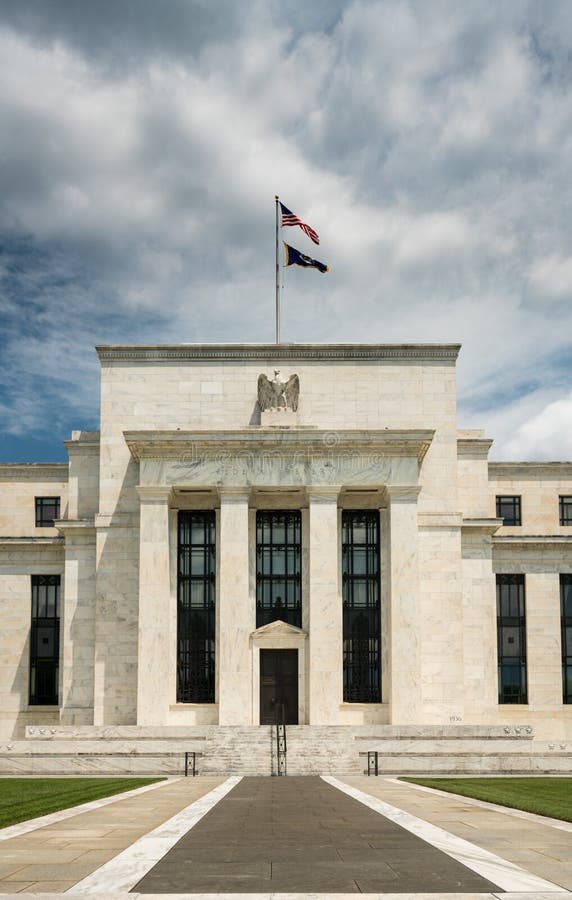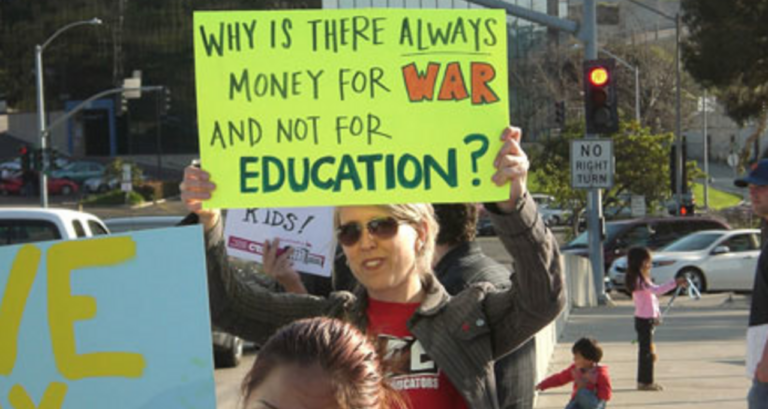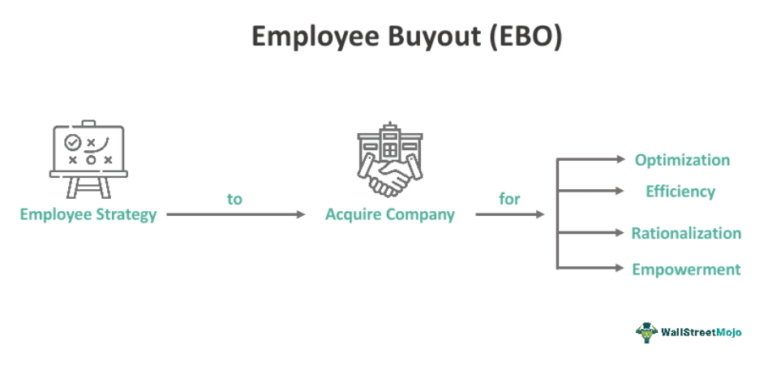
Audience
- Sentiment: Neutral
- Political Group: Republican
- Age Group: 18-35
- Gender: Male
Overview
- Trump’s executive order aims to increase oversight of federal agencies including the Federal Reserve.
- The Fed’s historical independence is at risk due to potential political influences from the White House.
- The implications of the order may lead to delays in decision-making, impacting economic stability.
Title: The Unpacking of Trump’s Executive Order and Its Impact on the Federal Reserve
In the world of politics and finance, decisions made at the highest levels can ripple through the economy, impacting everyone from big corporations on Wall Street to everyday people trying to buy homes or save for school. Recently, the Trump administration has made a bold move by issuing a new executive order aiming to tighten control over federal agencies, notably including the Federal Reserve, commonly known as the Fed. Let’s dive into what this all means and how it could impact the economy and the lives of average Americans like you and me!
What Is the Federal Reserve, and Why Does It Matter?
First, let’s talk about what the Federal Reserve actually is. Established in 1913, the Federal Reserve serves as the central bank of the United States. This organization plays a crucial role in managing the nation’s money supply and ensuring the overall stability of the financial system. One of its main tasks is to set interest rates, which directly affect how much you pay for things like loans or mortgages, as well as how much interest you earn on savings accounts.
Imagine you want to buy a car but need a loan. If the Fed decides to lower interest rates, banks will likely follow suit by offering lower rates for loans. That makes it cheaper for you to borrow money! On the flip side, if the Fed increases interest rates, borrowing becomes more expensive, meaning you might have to dig deeper into your wallet to afford that new car.
The Fed has maintained its independence from political influence for over a century, allowing it to make decisions based on economic indicators rather than political whims. This independence is particularly important during times of economic crisis. For example, during the economic turmoil of the 1970s, the Fed’s autonomy allowed it to make tough decisions that ultimately helped stabilize the economy.
The New Executive Order Explained
Now, let’s get back to the recent executive order from the Trump administration. This directive aims to increase oversight over federal agencies, and one of its primary targets is the Fed. While the order claims it will protect the Fed’s authority over monetary policy and interest rates, it brings major financial regulators, including those overseeing Wall Street, under the watchful eye of the White House budget office.
What does that mean, exactly? Well, it means that independent agencies will now have to submit significant regulations and changes to the White House for review before they can be implemented. Essentially, this creates a direct line back to the executive branch, where decisions could reflect the personal interests or political goals of the President rather than strictly focusing on what might be best for the economy.
The Desire for Control
This isn’t the first time President Trump has expressed interest in controlling the Fed. For years, he has criticized the institution and its leaders, calling for more influence in its operations. Trump’s desire for additional control reflects a broader trend of wanting to ensure that financial regulators align with the administration’s agenda. Why is this significant? It raises concerns about whether the Fed can maintain its independence in the face of political pressure.
In a way, this situation can be likened to a school where the principal starts to meddle too much in the classroom activities of teachers. While teachers may want to teach without interference, a principal constantly checking their lesson plans might cause a lot of frustration. Similarly, allowing political influences to dictate monetary policy could hinder the Fed’s ability to respond appropriately to economic issues, potentially leading to economic instability.
The Balancing Act
Interestingly, some Federal Reserve officials have shown a willingness to align certain internal policies to avoid conflicts with the administration, despite publicly supporting their independence. This raises a significant tension: how can the Fed remain true to its mission while navigating political pressures? Sometimes, it feels like walking a tightrope without a safety net.
The executive order also imposes restrictions on how independent agencies interpret laws, as they must ensure compliance with presidential directives. This shift in the balance of power creates uncertainty around whether the Fed’s primary goal—keeping the economy stable—will be compromised in favor of political goals.
What Does This Mean for the Future?
The implications of this executive order are multifaceted. On one hand, it could invite more oversight and coordination between the federal government and financial regulators. However, it could come at the expense of the Fed’s ability to act quickly and independently when proactive decisions are needed. Think about it—if the economy hits a rough patch, does it make sense for the Fed to have to ask for permission before acting?
Moreover, this development highlights ongoing tensions between the administration and financial regulators. When regulators are under pressure to adhere to the whims of elected officials, it can lead to bottlenecks in decision-making, further complicating the economy’s ability to respond and adapt.
Reflecting on Our Own Lives
As students, you may be thinking about how this affects your families or your future career paths. The economy impacts job availability, the price of college, and even how much money you’ll need to purchase your first car someday. Understanding what affects economic stability is essential for anyone looking to step into adulthood and make financial decisions.
Now, consider this: What happens if families struggle to pay for necessities because rising interest rates have made borrowing too expensive? Or how might smaller businesses fare if they can’t secure loans due to conservative lending practices inspired by political narratives? These are real-world repercussions that can stem from changes in federal monetary policy.
Final Thoughts and a Question for You
In conclusion, the Trump administration’s new executive order creates both opportunities and challenges for protecting the independence of the Federal Reserve while attempting to bring financial regulators under tighter control. The balance of power is shifting, and it remains to be seen how these changes will impact the economy over time.
But we’d love to hear what you think! How do you feel about the government’s role in controlling the Federal Reserve? Do you think agencies like the Fed should operate independently, or do you believe greater oversight by political leaders might help maintain stability in the economy? Share your thoughts in the comments below!





